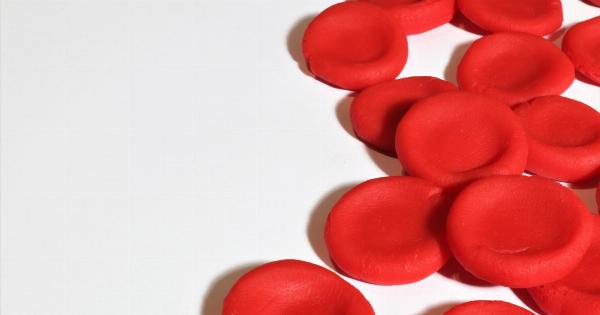Innovative research in the field of blood transfusion has led to the discovery of a new type of blood that is perfect for transfusion.
It is called “new old blood” as it is technically old blood that has been rejuvenated to a pristine condition. This breakthrough is a game-changer for patients requiring blood transfusions, particularly those who have frequent transfusions.
How is new old blood created?
The process of creating new old blood involves using a cutting-edge technology that removes all the potentially harmful substances and debris from old blood, leaving only the healthy components behind.
This process is called “apheresis” and it involves using a machine that separates blood into its various components. The components that are not required are discarded, leaving only the healthy components of the blood.
The remaining components are then subjected to a process called “pathogen reduction” which involves the use of photodynamic therapy to destroy any harmful pathogens that may be present in the blood.
Once the pathogen reduction process is complete, the blood is ready for transfusion.
What are the benefits of using new old blood for transfusion?
New old blood has several benefits over traditional blood transfusions. Firstly, as the blood has been purified, there is a much lower risk of any adverse reactions to the transfused blood.
This is particularly beneficial for patients who have previously had adverse reactions to blood transfusions, or who have a history of allergies.
Another benefit is that as new old blood has been pathogen reduced, there is a much lower risk of transmitting any infections or diseases through transfusion.
This is particularly important for patients who have compromised immune systems, as they are more susceptible to infections.
New old blood also has a longer shelf life than traditional blood transfusions. As the blood has been purified and treated with pathogen reduction technology, it can be stored for longer periods of time without deteriorating.
This is particularly beneficial for blood banks, as they can keep a larger supply of new old blood on hand, which can be used as needed.
Who can benefit from new old blood transfusions?
New old blood transfusions are particularly beneficial for patients who require frequent blood transfusions. This includes patients with conditions such as sickle cell disease, thalassemia, and hemophilia.
As these patients require blood transfusions on a regular basis, they are at a higher risk of developing complications from the transfusions. Using new old blood can help to reduce this risk and improve the overall quality of life for these patients.
New old blood is also beneficial for patients who have rare blood types. As new old blood is created from a pool of donated blood, it is more readily available than traditional blood transfusions, which rely on finding a compatible blood donor.
Conclusion
New old blood is a breakthrough in blood transfusion technology and has the potential to revolutionize the way blood transfusions are performed.
Its many benefits, including a lower risk of adverse reactions and infections, longer shelf life, and availability for patients with rare blood types, make it an attractive option for healthcare providers and patients alike.


























